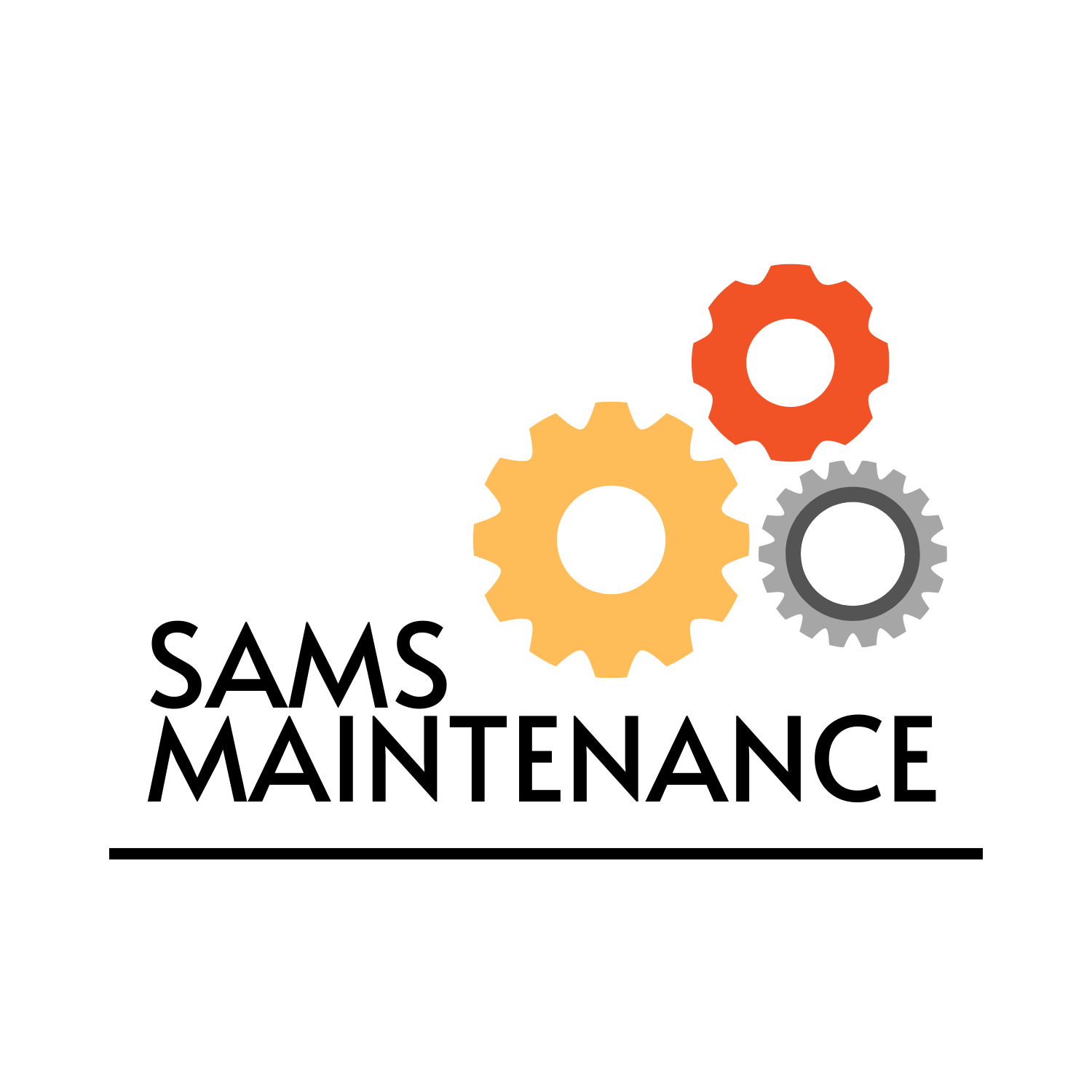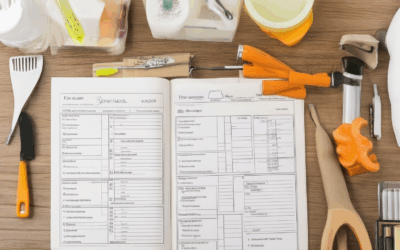Creating a well-structured home care projects checklist can streamline their responsibilities and ensure nothing is overlooked when caring for loved ones. For individuals managing home healthcare, whether as a caregiver or a home care agency owner, organizing tasks efficiently is crucial. This guide explores the essential components of a comprehensive checklist, delves into the financial aspects of home care, examines the ethical boundaries, and provides practical strategies for success. By understanding the duties, pay scales, and best practices, readers can build a robust framework that supports both clients and caregivers. Whether you’re looking to improve your home care operations or better manage personal care responsibilities, this article offers valuable insights to enhance your approach. Discover how to create a checklist that works for everyone involved, ensuring quality care and organizational excellence.
Key Takeaways
– Empowerment Through Knowledge: Understand the duties of a home health aide to provide effective support and ensure client well-being.
– Financial Clarity: Learn about caregiver pay structures and factors influencing earnings to make informed career decisions.
– Practical Cleaning Tips: Discover proven strategies to create a safe and hygienic bathroom environment for seniors, reducing fall risks and enhancing quality of life.

How to Create a Caregiver Duty Checklist
A well-organized checklist is essential for caregivers to manage their responsibilities effectively. Below is a comprehensive guide to crafting an effective caregiver duty checklist:
- Personal Care
- Bathing assistance
- Dressing support
- Mobility assistance
- Health monitoring
- Medication reminders
- Grooming assistance
- Household Responsibilities
- Cooking meals
- Household cleaning
- Laundry duties
- Home maintenance
- Light handyman tasks
- Medical and Health Management
- Monitoring health conditions
- Managing medications
- Scheduling doctor appointments
- Tracking medical equipment
- Assisting with physical therapy
- Financial Management
- Budgeting assistance
- Paying bills
- Managing credit cards
- Tracking expenses
- Reviewing financial statements
- Communication
- Updating family members
- Coordinating care plans
- Communicating with healthcare providers
- Documenting care activities
- Providing feedback to healthcare teams
- Emergency Preparedness
- Having emergency contact numbers
- Knowing emergency exits
- Staying informed about safety protocols
- Keeping emergency kits stocked
- Understanding disaster response procedures
- Mental and Emotional Well-being
- Encouraging relaxation techniques
- Providing companionship
- Assisting with stress management
- Organizing social activities
- Ensuring regular mental health check-ins
- Community Support
- Connecting with local support groups
- Utilizing community resources
- Participating in local events
- Building relationships with neighbors
- Exploring volunteer opportunities
How Much Do Home Care Agency Owners Make?
The salary of a home care agency owner varies significantly depending on several factors, including business size, geographic location, and experience. According to recent industry reports, the average annual earnings for home care agency owners range from $150,000 to $350,000 , with the higher end reflecting larger, well-established businesses in urban areas with higher demand and costs.
Key factors influencing earnings:
- Business Size : Larger agencies with more clients and broader service offerings often generate higher revenues. These businesses may also have more efficient operations and better negotiating power with insurance companies and hospitals.
- Geographic Location : Home care agencies located in urban areas or regions with higher healthcare demand tend to have higher profits due to increased client volume and higher reimbursement rates from Medicare and private insurers.
- Experience and Expertise : Owners with extensive experience in healthcare management and those who have built strong relationships with referring doctors and hospitals may command higher salaries.
- Service Offerings : Agencies offering specialized care, such as palliative care or pediatric care, often see higher revenue streams compared to those offering standard home health services.
- Operational Efficiency : Efficiently managing staff, reducing turnover rates, and optimizing billing processes can significantly increase profitability.
It’s important to note that earnings can vary widely and are influenced by external factors such as economic conditions, regulatory changes, and competition. Additionally, the ownership structure (e.g., independent vs. part of a larger chain) can impact financial performance.
For more insights, explore resources like the National Association for Home Care and Hospice or industry-specific forums where owners share their experiences and strategies for success.

What Can a Caregiver Not Do?
- Fail to obtain proper training or certification for their caregiving responsibilities.
- Ignore safety protocols, especially in handling medications or equipment.
- Engage in unethical or illegal activities, such as exploitation or fraud.
- Refuse to seek help when needed, leading to burnout or inadequate care.
- Abandon or neglect the individual under their care, resulting in harm.
- Use the individual’s resources for personal gain without authorization.
- Discriminate against the individual based on age, disability, gender, or other factors.
- Conceal important information or misrepresent their qualifications.
- Violate confidentiality laws regarding the individual’s private information.
- Endanger the individual’s health by providing incorrect medical advice.
- Fail to follow established care plans or medical directives.
- Use emotional, physical, or psychological manipulation to control the individual.
- Charge excessively for services not rendered or fail to provide a receipt for payments.
- Operate without proper licensing or registration, if required by law.
- Fail to report abuse or neglect as mandated by legal standards.
- Engage in any activity that breaches the individual’s rights or privacy.
- Use the individual’s belongings without permission for personal use.
- Make decisions without considering the individual’s wishes or best interests.
- Fail to maintain a clean and safe living environment as required.
- Engage in any behavior that could lead to legal consequences or professional discipline.

Duties of a Home Health and Personal Care Aide
The role of a home health and personal care aide involves providing comprehensive support to individuals who may require assistance with daily activities due to illness, disability, or aging. Here are the key responsibilities:
- Personal Hygiene and Daily Tasks: Assist clients with bathing, dressing, grooming, and other personal care needs.
- Household Maintenance: Perform tasks such as laundry, dishwashing, vacuuming, and cleaning to maintain a safe and comfortable living environment.
- Scheduling and Appointments: Help organize schedules, manage medications, and accompany clients to medical appointments or outings.
- Emotional Support: Provide companionship and emotional support, helping clients stay engaged and connected with their surroundings.
- Communication and Reporting: Update family members or healthcare providers on the client’s condition and any changes in needs.
- Safety Monitoring: Ensure the client’s safety by monitoring their well-being and following established safety protocols.
- Light Maintenance and Organizing: Assist with minor home repairs, organization of belongings, and other light tasks as needed.
- Confidentiality and Respect: Maintain strict confidentiality and respect the client’s privacy at all times.
These duties require patience, empathy, and strong communication skills to ensure the highest quality of care for clients.
What is the Highest Pay for a Caregiver?
Caregivers’ salaries vary significantly depending on their role, experience, location, and employer. Here are some common types of caregivers and their typical pay ranges:
- Home Health Aide: Typically earns between $20,000 and $40,000 annually, depending on location and experience.
- Personal Care Assistant (PCA): Often makes between $35,000 and $70,000 per year, with higher pay in urban areas.
- Live-In Caregiver: Can earn upwards of $50,000 annually, sometimes including benefits like room and board.
- Hospital-Based Caregiver (e.g., Patient Care Technician): May range from $30,000 to $60,000+ per year, with opportunities for overtime pay.
Factors influencing pay include:
- Experience and education level
- Geographic location
- Benefits provided (e.g., health insurance, retirement plans)
- Employer type (private vs. public sector)
These figures are approximate and can vary widely based on the specific role and region.

How Should a Caregiver Clean the Bathroom?
Keeping a senior’s bathroom clean is essential for their health and safety. Here’s a step-by-step guide tailored for caregivers:
- Start with Preparation: Begin by gathering all necessary cleaning supplies, such as a bucket, water, mild detergent, microfiber cloths, and a squeegee. Ensure the area is well-ventilated to prevent respiratory issues.
- Mop Floors Daily: Use a wet mop to clean tile floors, ensuring all spills and dirt are removed promptly to prevent slips and falls. Consider using a non-slip mat outside the shower for added safety.
- Wipe Surfaces Regularly: Dust and wipe down countertops, mirrors, and shelves with a damp cloth. Regular cleaning prevents the buildup of bacteria and dust, which can affect breathing.
- Sanitize toilets and sinks: Use a disposable toilet cleaner brush to scrub the toilet bowl and tank. Wipe down the sink and faucet with a antibacterial wipes to prevent germs from spreading.
- Scrub Tiles and Grout: For tougher stains on tiles and grout, apply a mild bleach solution (1 part bleach to 10 parts water) using a soft-bristled brush. Rinse thoroughly and dry the area to prevent mold growth.
- Disinfect Handles and Knobs: These areas are high-touch, so disinfect them regularly with a bleach solution or a separate cleaner to reduce the risk of infection.
- Clean the Shower: Remove soap scum from the shower walls and floor using a shower cleaner. Scrub the drain weekly to prevent clogs and use a drain cleaner if needed. Replace worn-out shower curtains and mats to maintain grip and prevent accidents.
- Dispose of Waste Properly: Ensure trash cans are emptied regularly and cleaned to avoid pests and odors. Use a sturdy grab bar near the toilet for easy access and stability.
- Use Non-Slip Mats: Place non-slip mats in the bathroom to reduce the risk of falls. Ensure all surfaces are dry after cleaning to prevent slipping.
- Regular Maintenance Tips: Schedule daily or weekly cleaning routines to maintain hygiene. Address any leaks or damage promptly to prevent water damage and mold growth.
By following these steps, caregivers can create a safe and hygienic bathroom environment for seniors, promoting overall well-being and reducing the risk of accidents.




0 Comments